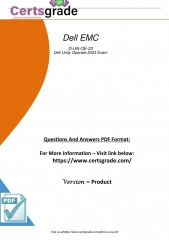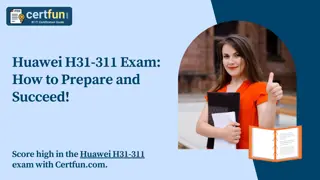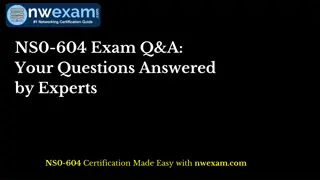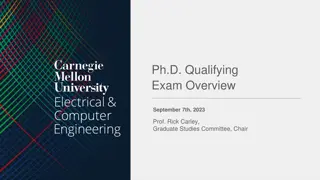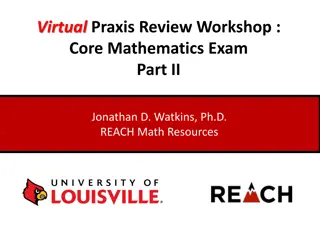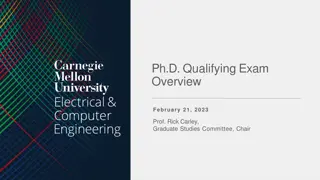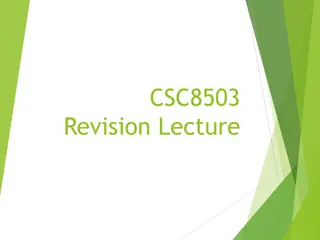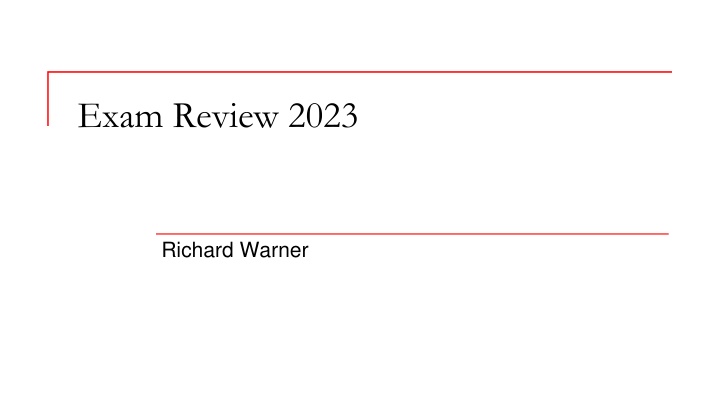
Exam Review 2023 Insights and Strategies for Success
Gain valuable insights and strategies for success in your upcoming exam with this comprehensive review covering interpretation, relevant trade usage, the reasonable person promise, remedies, common mistakes, performance, and excuses. Prepare effectively and maximize your understanding of key concepts.
Download Presentation

Please find below an Image/Link to download the presentation.
The content on the website is provided AS IS for your information and personal use only. It may not be sold, licensed, or shared on other websites without obtaining consent from the author. If you encounter any issues during the download, it is possible that the publisher has removed the file from their server.
You are allowed to download the files provided on this website for personal or commercial use, subject to the condition that they are used lawfully. All files are the property of their respective owners.
The content on the website is provided AS IS for your information and personal use only. It may not be sold, licensed, or shared on other websites without obtaining consent from the author.
E N D
Presentation Transcript
Exam Review 2023 Richard Warner
The Plan Review today No class meetings after today. Use the time to review the tutorials.
No Consideration There will be no consideration issues on the exam.
Interpretation Follow the flow chart.
Relevant trade usage? No Yes Objective intent test adequately resolves any ambiguity? No Presumption is to interpret in accord with trade usage Yes Use objective intent test Misunderstanding? Yes No One party knows or should know of the misunderstanding? Main purpose of the contract can be determined? No Yes Yes No No contract under Restatement 201 note this may not be the result you want Interpret against party with knowledge, etc. Use hypothetical intent test Use other strategies
The Reasonable Person Promise Go ahead . . . No promise Promise The reasonable person. Embry McKittrick
Remedies Common law Expectation Three step Mitigation Foreseeability Proof Reliance Restitution Specific performance
Common Mistakes Do it this way In the expectation measure, what must be foreseeable? The approximate amount of the loss as the probable result of the breach. In special circumstances cases, the breacher must have reason to know of the special circumstances. When must the loss be foreseeable? At the time of contracting as the probable result of the breach.
Performance and Excuse Material breach Cure Uncertainty Impracticability, frustration, mistake, misrepresentation
Common Mistakes Cure and breach. A seller who delivers non-conforming goods breaches even if the seller has a right to cure.
2-711. Buyer's Remedies in General; Buyer's Security Interest in Rejected Goods. (1) Where the seller fails to make delivery or repudiates or the buyer rightfully rejects or justifiably revokes acceptance then with respect to any goods involved . . . the buyer may cancel and whether or not he has done so may in addition to recovering so much of the price as has been paid (a) "cover" and have damages under the next section as to all the goods affected whether or not they have been identified to the contract; or (b) recover damages for non-delivery as provided in this Article
2-713. Buyer's Damages for Non-delivery or Repudiation. (1) . . . the measure of damages for non-delivery or repudiation by the seller is the difference between the market price at the time when the buyer learned of the breach and the contract price together with any incidental and consequential damages provided in this Article (Section 2-715), but less expenses saved in consequence of the seller's breach. (2)Market price is to be determined as of the place for tender or, in cases of rejection after arrival or revocation of acceptance, as of the place of arrival.
Uncertainty Uncertainty must be reasonable.
Excuse Doctrines These usually do not cause too many problems. Remember: you are looking for an information and control difference between the parties.
Parol Evidence The main problem is not using all the facts you are given. Other issues: An entire agreement clause does not necessarily mean that the written agreement is a complete integration. An entire agreement clause does not contradict a side agreement. The same facts can be relevant to Is this a complete integration? and Given that we have a compete integration, does the side agreement fall in its scope?
Offer and Acceptance Usually not problematic.
The Most Common Error Overall Not using the facts you are given.






